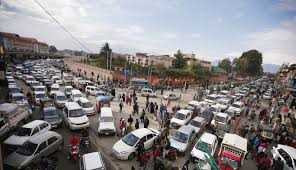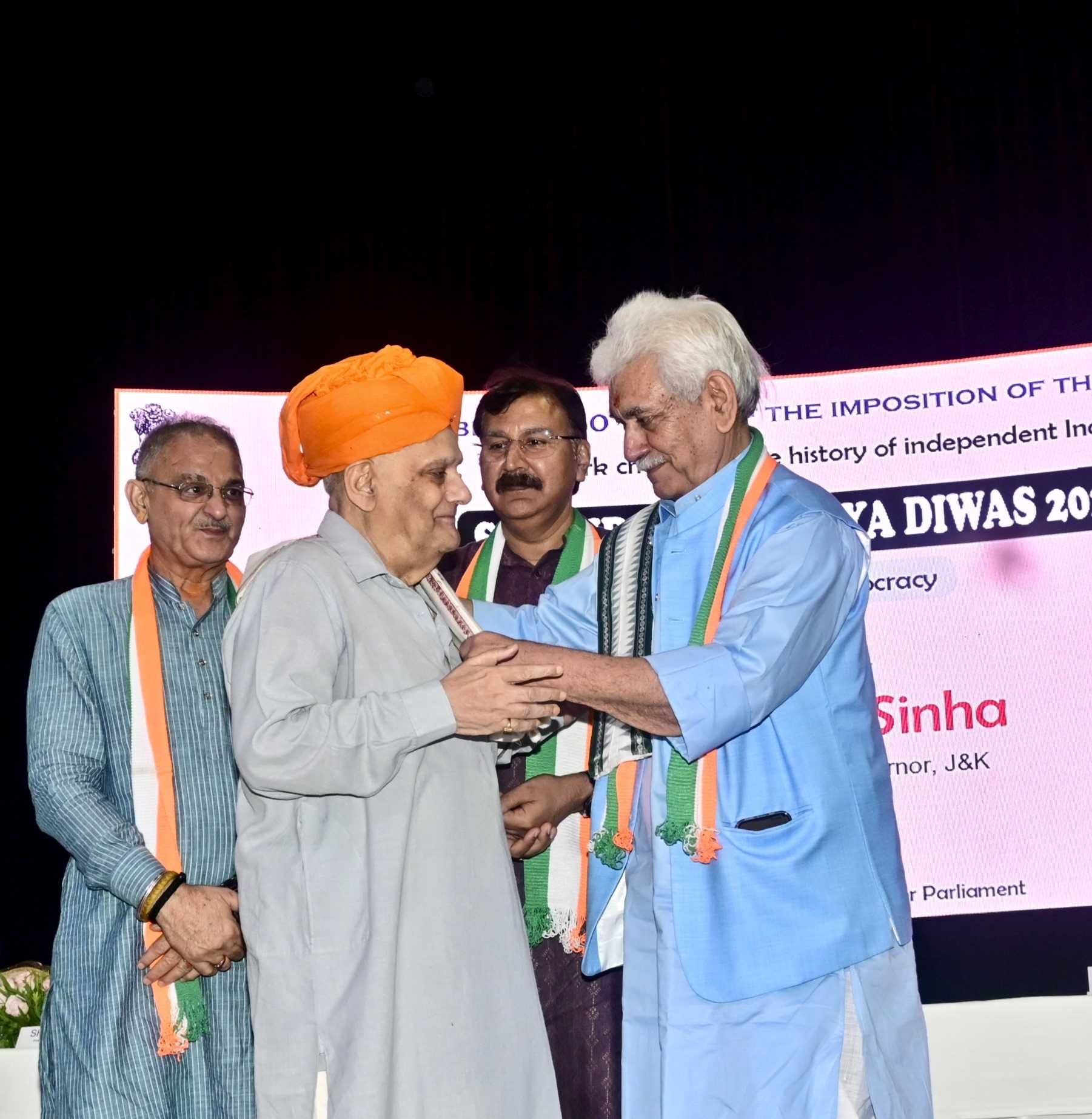As traffic continues to swell across Srinagar’s arterial roads, two key flyovers — Jahangir Chowk Flyover and Tulsi Bagh Flyover — have emerged as potential accident hotspots due to poorly managed merging points, raising serious concerns over commuter safety and traffic discipline.
The confluence points where traffic merges onto the main carriageways of these flyovers are currently unregulated, with no physical barriers, signage, or traffic personnel present to ensure safe merging of vehicles. As a result, these stretches witness frequent chaos, particularly during peak hours, with vehicles dangerously cutting across lanes, posing a threat to both motorists and pedestrians.
Local commuters and transport experts have expressed alarm at the absence of a coordinated traffic management mechanism at these merging zones. “There is no system in place—no lane markings, no warning signs, and not even a basic speed regulation strategy. It’s a disaster waiting to happen,” said Dr Masood , a daily commuter who uses the Jahangir Chowk flyover.
At Jahangir Chowk, vehicles merging from the Rambagh and Gogji Bagh sides often come to abrupt halts or swerve recklessly due to lack of clear merging lanes or enforcement, increasing the likelihood of collisions. Similar scenes are visible at the Tulsi Bagh Flyover, where traffic merges without any lane guidance or safety demarcation.
Experts are urging the government to implement the following immediate measures:
Installation of traffic barriers and lane guides at merging zones.
Deployment of traffic police or automated surveillance cameras to monitor and regulate vehicle flow.
Clear signage indicating merging points, speed limits, and lane priorities.
Speed calming measures, such as rumble strips or flashing warning lights.
Speaking to reporters, traffic management experts highlighted that these confluence points require proper geometrical design, regulated access, and continuous monitoring to ensure safe traffic behavior. “Every merging point should have a dedicated taper lane with proper signage and speed control. The absence of such design and enforcement is a grave oversight,” said a retired R&B engineer.
Residents have called upon the Jammu and Kashmir Traffic Police, the R&B Department, and Smart City authorities to urgently intervene and redesign these flyover segments in line with modern traffic engineering standards.
“There must be a well-coordinated mechanism to control traffic at flyover merging points. Without it, the risk of tragic accidents is high, and it's only a matter of time before a serious mishap occurs,” warned Zoya Shah, a local civil society activist.
Until robust and long-term solutions are adopted, commuters are urged to exercise extreme caution while using these merging zones. However, the onus lies on the authorities to ensure that urban infrastructure prioritizes safety over speed, especially in high-density areas like Jahangir Chowk and Tulsi Bagh.




